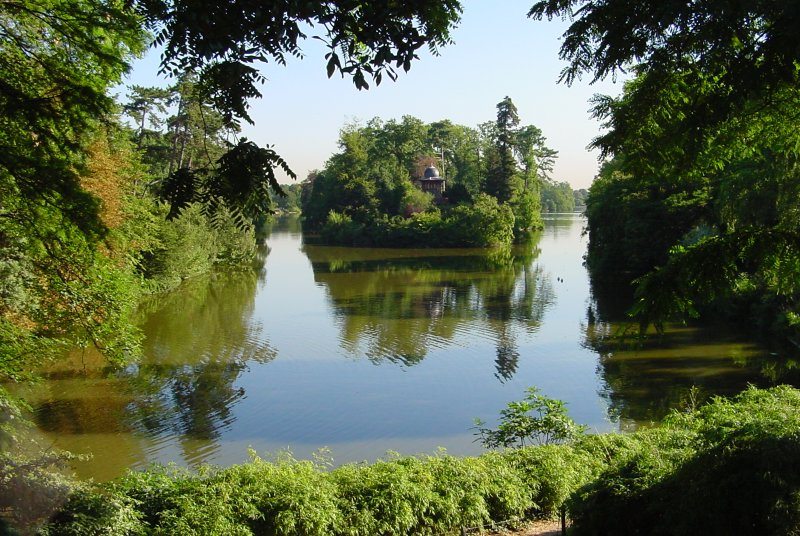
p 290 | Il Sodoma (1477–1549) was the name given to Renaissance painter Giovanni Antonio Bazzi. After separating from his wife, he was considered by contemporaries to have been homosexual.
p 292 | Robert de Montesquiou (1855-1921)
p 294 | kakochnyk: hair style resembling diadems worn by Russian aristocratic women. Léon Bakst : Portrait of a Girl Wearing a Kokoshnik
p 306 | Xavier Boniface Saintine (1798 – 1865) was a French dramatist and novelist.
p 309 | Montesquiou family; Uzès family; House of La Trémoille; Duke of Luynes
p 309 | Abbé François-Xavier de Montesquiou-Fézensac (1757–1832) was a French clergyman and politician.
p 310 | philippic: a discourse or declamation full of bitter condemnation; tirade.



















